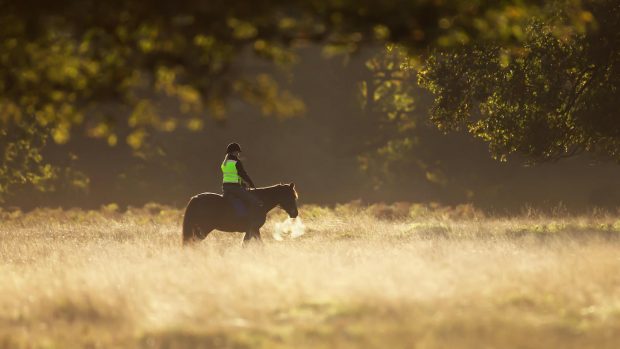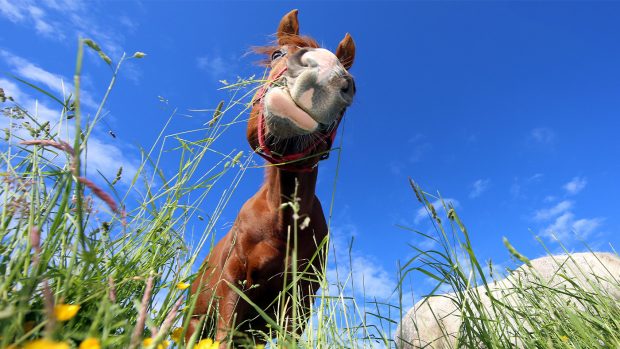Feed quality can have a positive or negative effect on health and performance
The average horse eats 10-12kg of food every day, which is bought either as hay, hard feed or supplements, providing both the fuel to live and the energy to perform.
Curiously most people pay little attention to detail when buying their horse’s feed. Ferrari doesn’t use cheap fuel in its elite cars, so why are serious riders so relaxed about their feeding regimes?
While nutrition is just one of numerous factors affecting the way a horse goes, a lack of fuel in the tank might be the reason behind that single fence down, lack of sparkle in the dressage arena, or those annoying time faults.
Owners often forget that horses respond to nutrients, not the feed itself. A feed is just a vehicle for those nutrients and the form of feed dictates where most nutrients are released. Poor-quality feeds are low in nutrients.
Typical variations in feedstuffs
The energy content in seed hay or haylage, the normal choice for competition horses, can vary by 3MJ, its protein by 3 percentage points and, typically, it has a low mineral profile.
The amount of protein, starch and fibre in straights, such as oats, and compunds, such as course mixes, affects the level of nutrient delivered.
If in doubt check the nutritional information on the bag and remember you get what you pay for. A cut-price feed will have been shaved in critical areas, such as the vitamin and mineral profile.
Don’t miss Horse & Hound magazine’s special feeding issue next week (11 October), or click here to subscribe.




